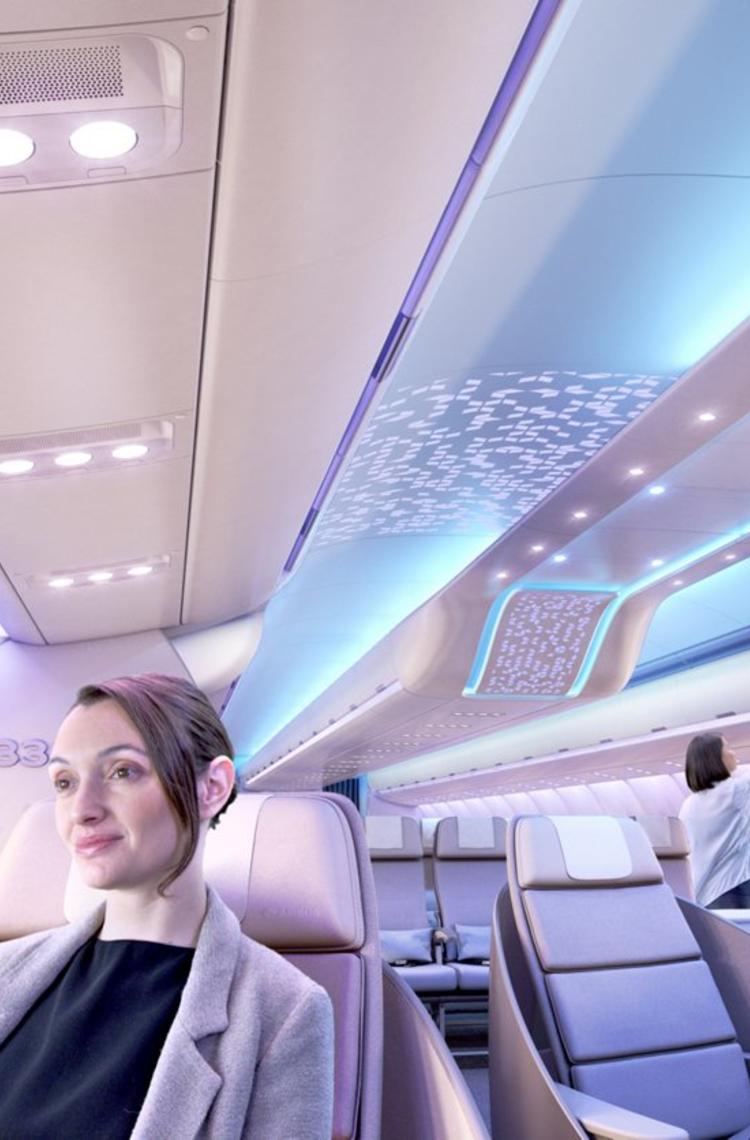Connectivity and the Internet of Things are already transforming our lives on the ground. Today, the connected aircraft is rapidly transforming flight operations, making aviation safer, more efficient and easier to manage.
In an increasingly connected world, the inside of an aircraft cabin remains something of an exception. For most, using in-flight Wi-Fi is a frustrating process, made worse by slow download speeds, patchy coverage and costly paywalls. In-flight connectivity is thus far removed from the seamless Wi-Fi experience most of us enjoy on the ground.
Indeed, airborne internet is a complicated feat, limited by technology and cost restrictions due to an aircraft’s distance to ground-based connection towers and geostationary satellites. However, changes in high-speed broadband and satellite communication systems are set to transform the in-flight passenger experience.
Making lightning-fast data speeds more accessible
The aviation sector has recognised connectivity as a crucial topic. In a 2018 survey of industry professionals, 81% cited connected technologies as a high, or very high priority, for their business. A key enabler to better aircraft connectivity is 5G, the next-generation mobile network that will be introduced in 2019. 5G represents a seismic shift in mobile services: it will be up to 100 times faster than its predecessor, 4G LTE. To put it into perspective: downloading a two-hour movie via 5G will take less than four seconds…instead of the six minutes required via 4G! 5G networks will also have much greater capacity, providing a constant, guaranteed, high-speed connection to aircraft passengers.
The OneWeb constellation, which is the first of 648 low-Earth-orbiting micro satellites launched in February 2019, is key to helping bring 5G to the skies. Developed by the Airbus and OneWeb joint-venture, the satellites will be no more than 2,000 km above the Earth – much closer than the 36,000 km at which geostationary satellites operate. This proximity will shorten data transmission times and provide faster connectivity to billions of people around the globe, as well as aircraft.
According to experts, the in-flight broadband market will grow from an annual $900 million USD to a potential $30 billion USD by 2035.
But what about accessing the 5G network? The Seamless Air Alliance, which comprises a host of airlines, telecommunications providers and other tech firms, including Airbus and OneWeb, wants to make cellular and Wi-Fi connectivity as seamless in the air as it is on the ground. This alliance aims to create industry standards that enable travellers on any flight to go online with their own devices—without struggling through complicated sign-ups or costly paywalls.
The connectivity journey is just beginning
The effects of better passenger connectivity will be significant: travellers will be able to watch and play what they want, when they want; productivity will increase; and revenue streams for ancillary services could mushroom. According to experts, the in-flight broadband market will grow from an annual $900 million USD to a potential $30 billion USD by 2035.
Beyond the exciting improvements for passengers, the connected aircraft will also bring a host of additional benefits across the industry. Faster data speeds will enable aircraft to capture and share more in-flight information with other aircraft, ground teams and air traffic management, resulting in major efficiency gains.
But more data requires more analysis. Feeding information into systems such as Skywise, Airbus’ cloud-based aviation data platform, will enable stakeholders to gain greater insight into many aspects of operations thanks to the power of artificial intelligence. This can facilitate improvements across the entire value chain, from airports to supply networks to engineering.
As the journey towards the connected aircraft progresses, it is already clear that connectivity is revolutionising the future of flight.
